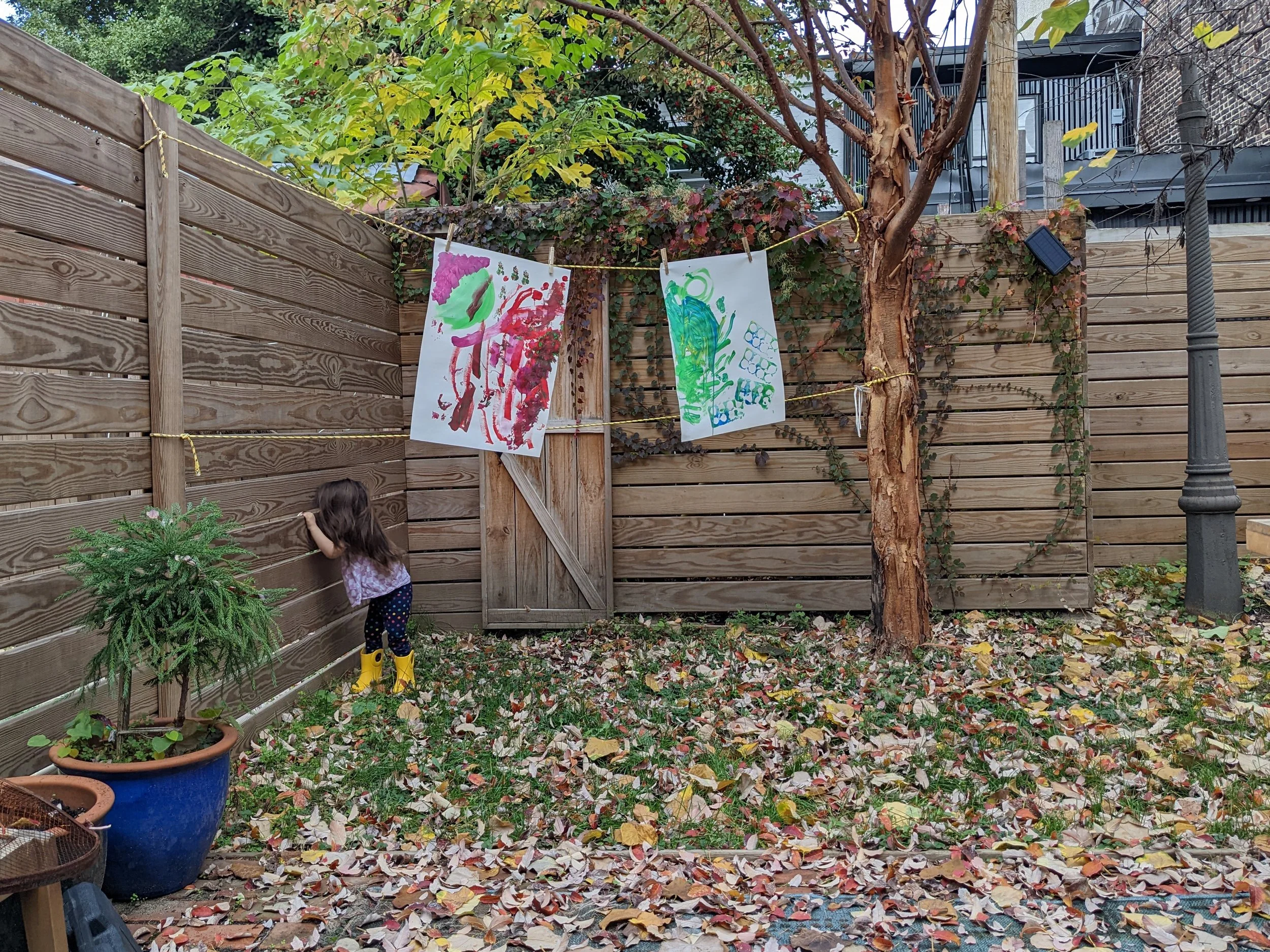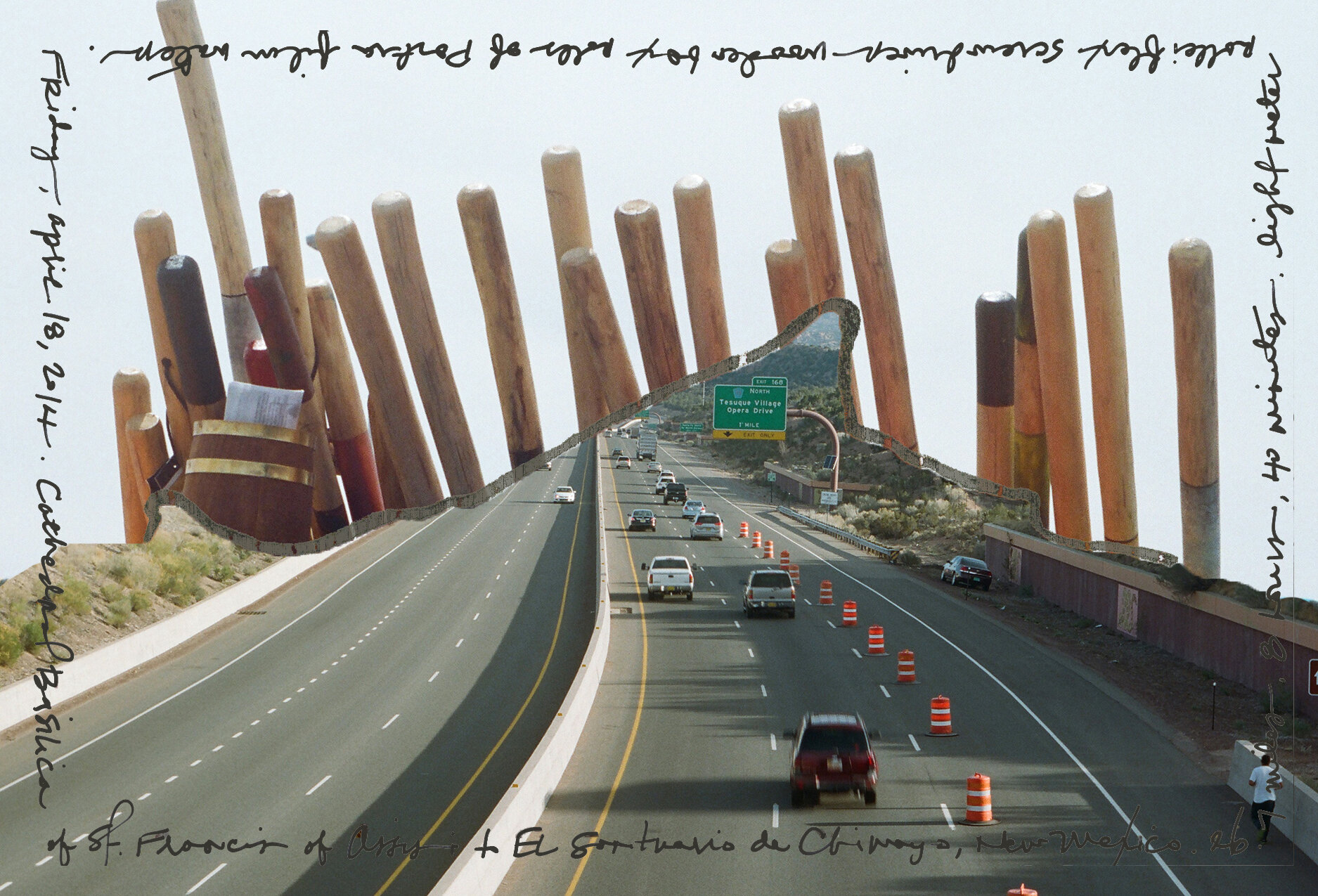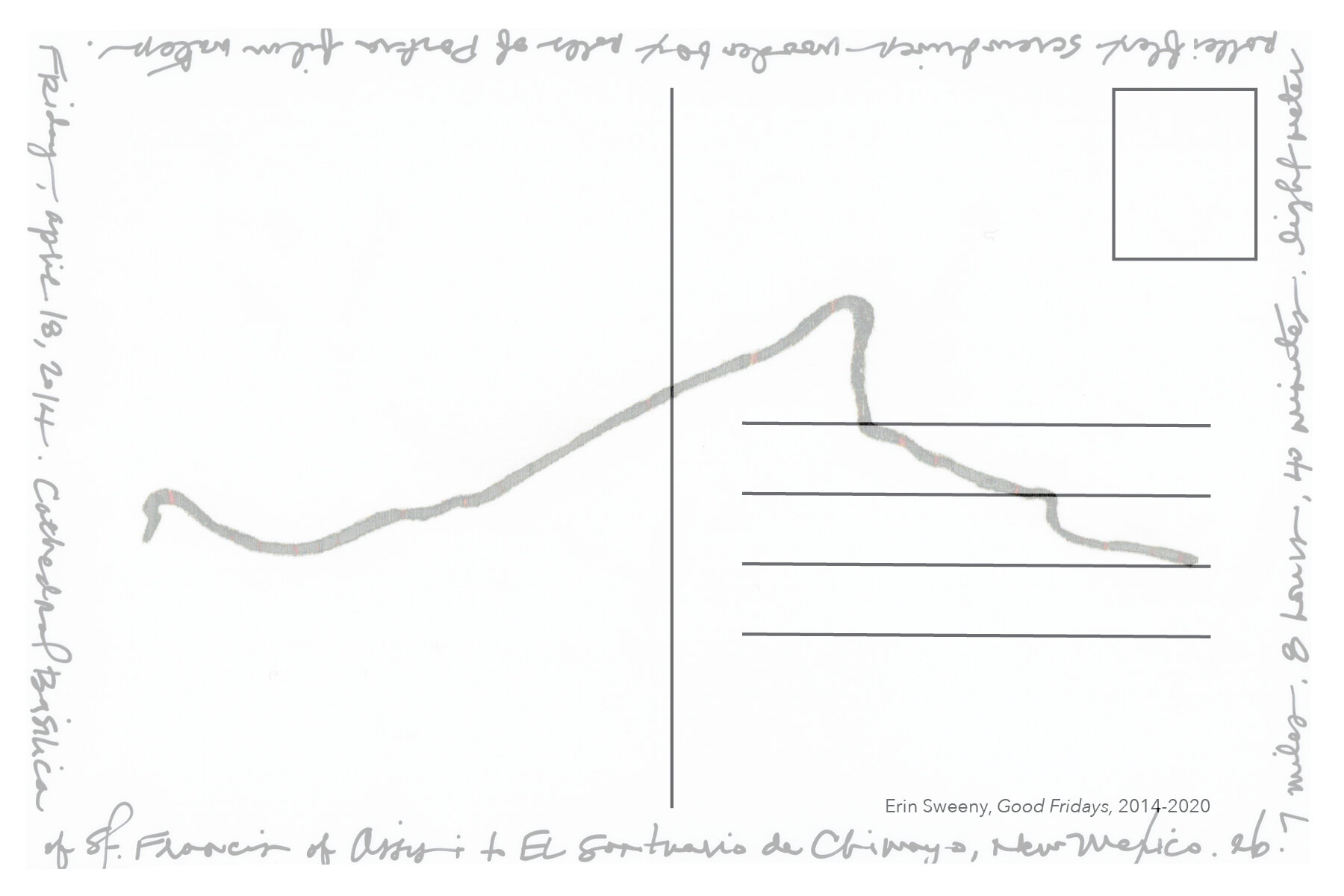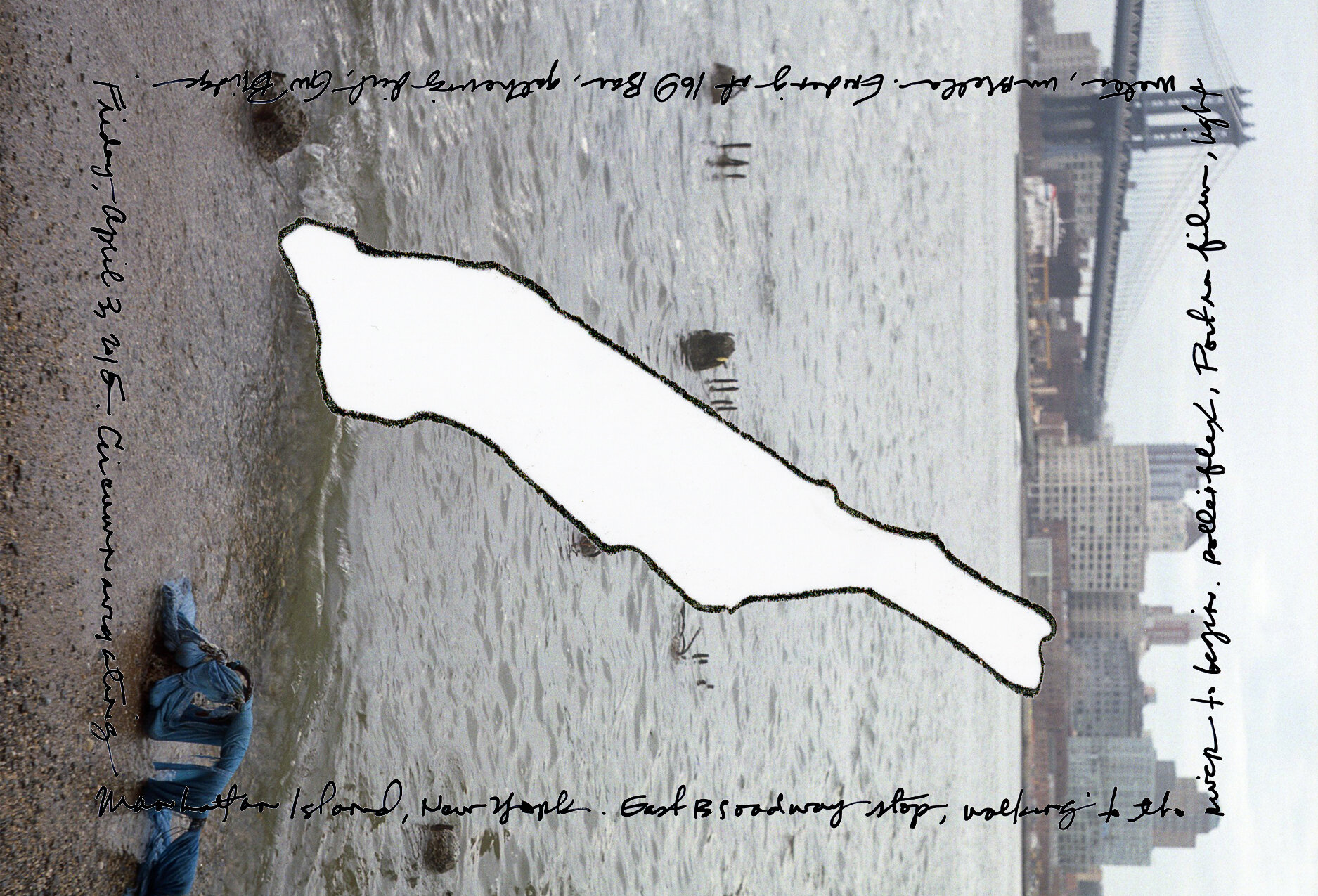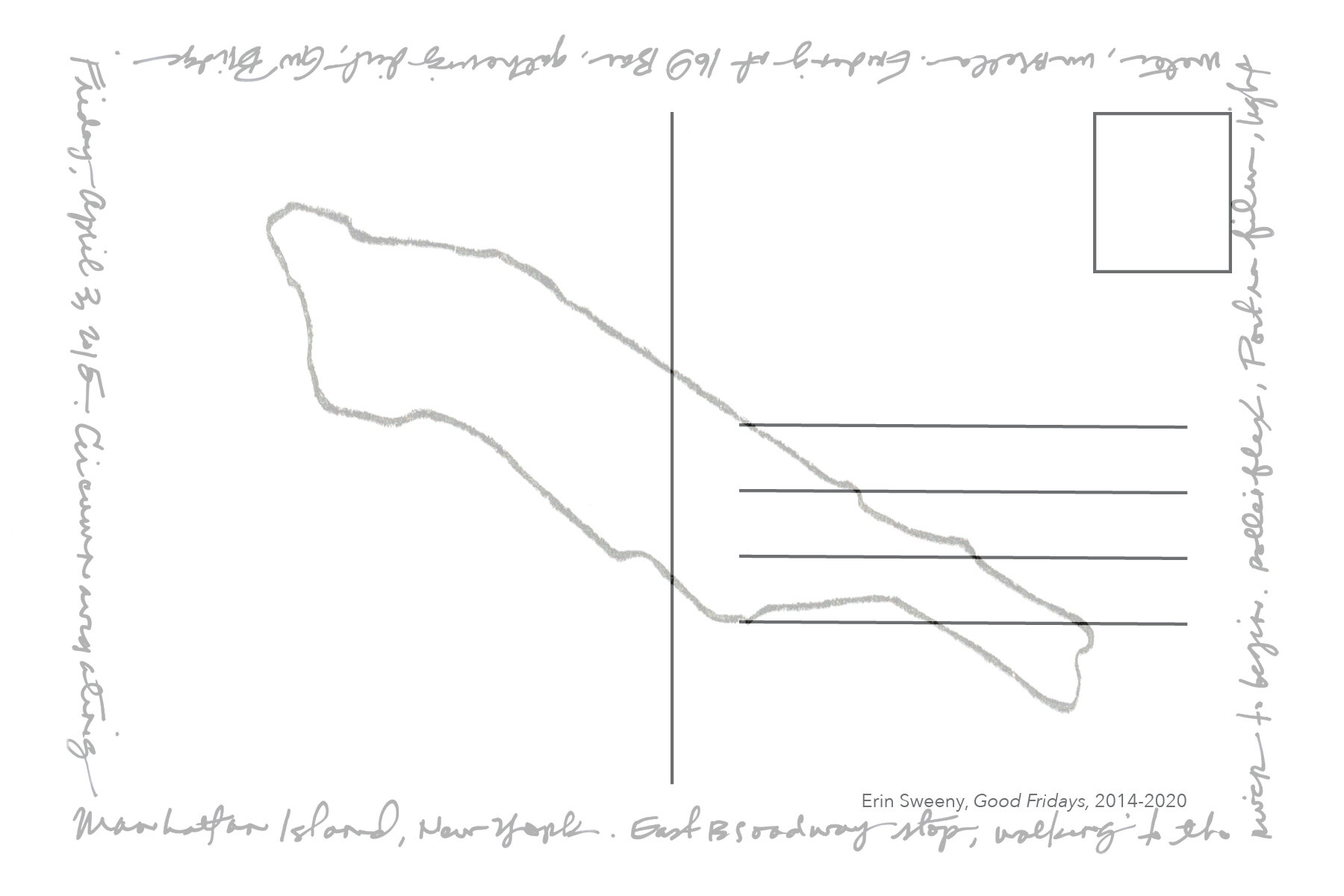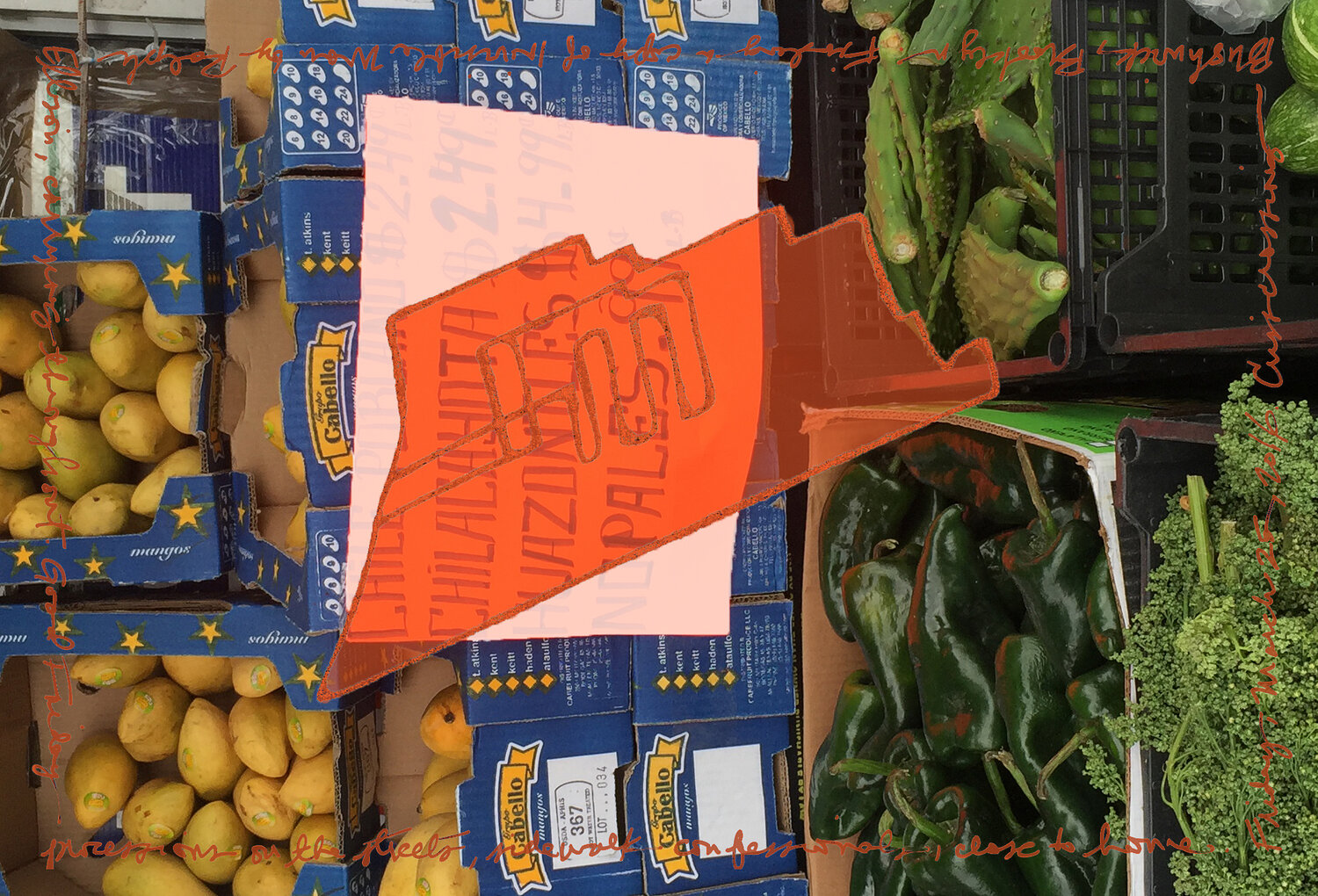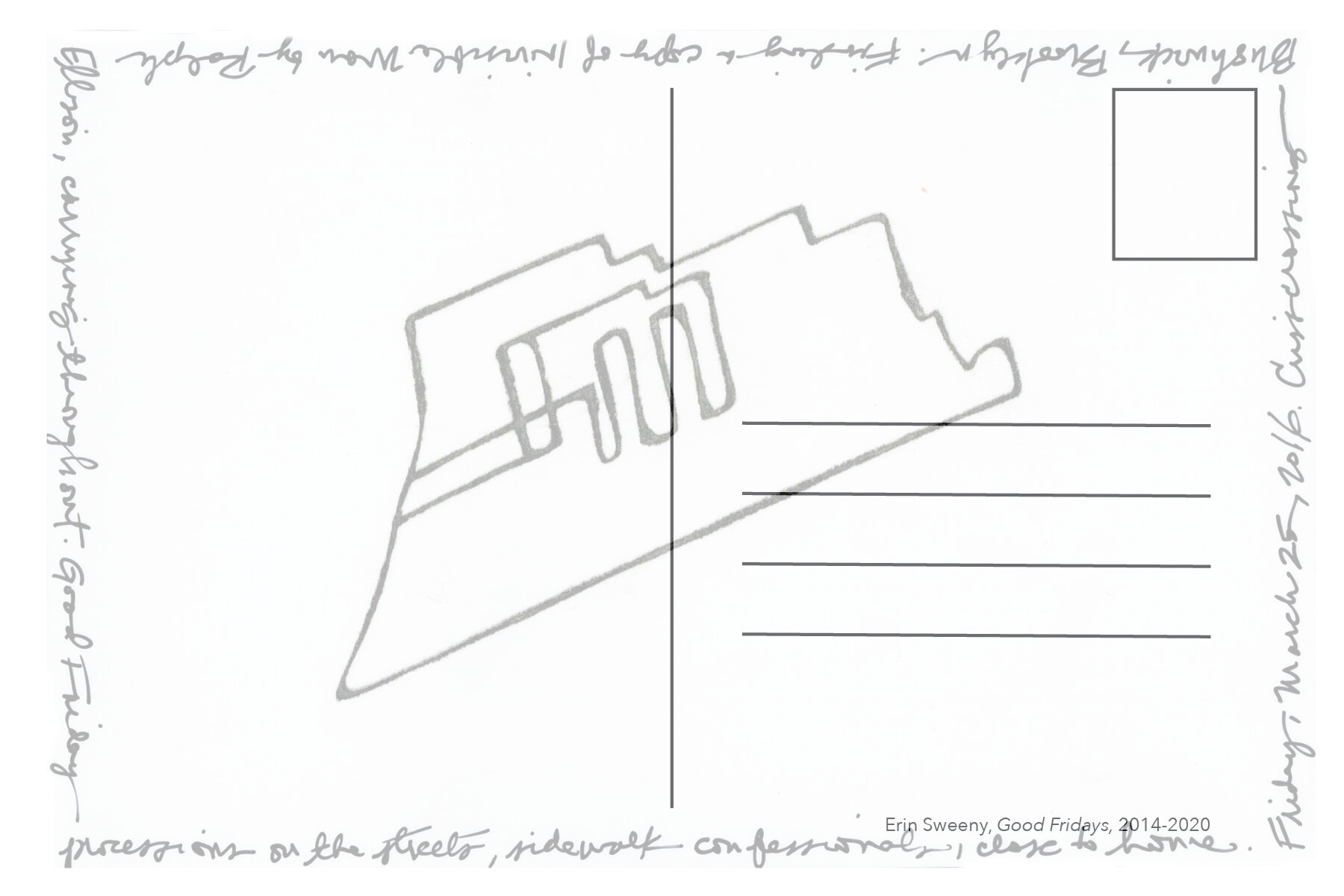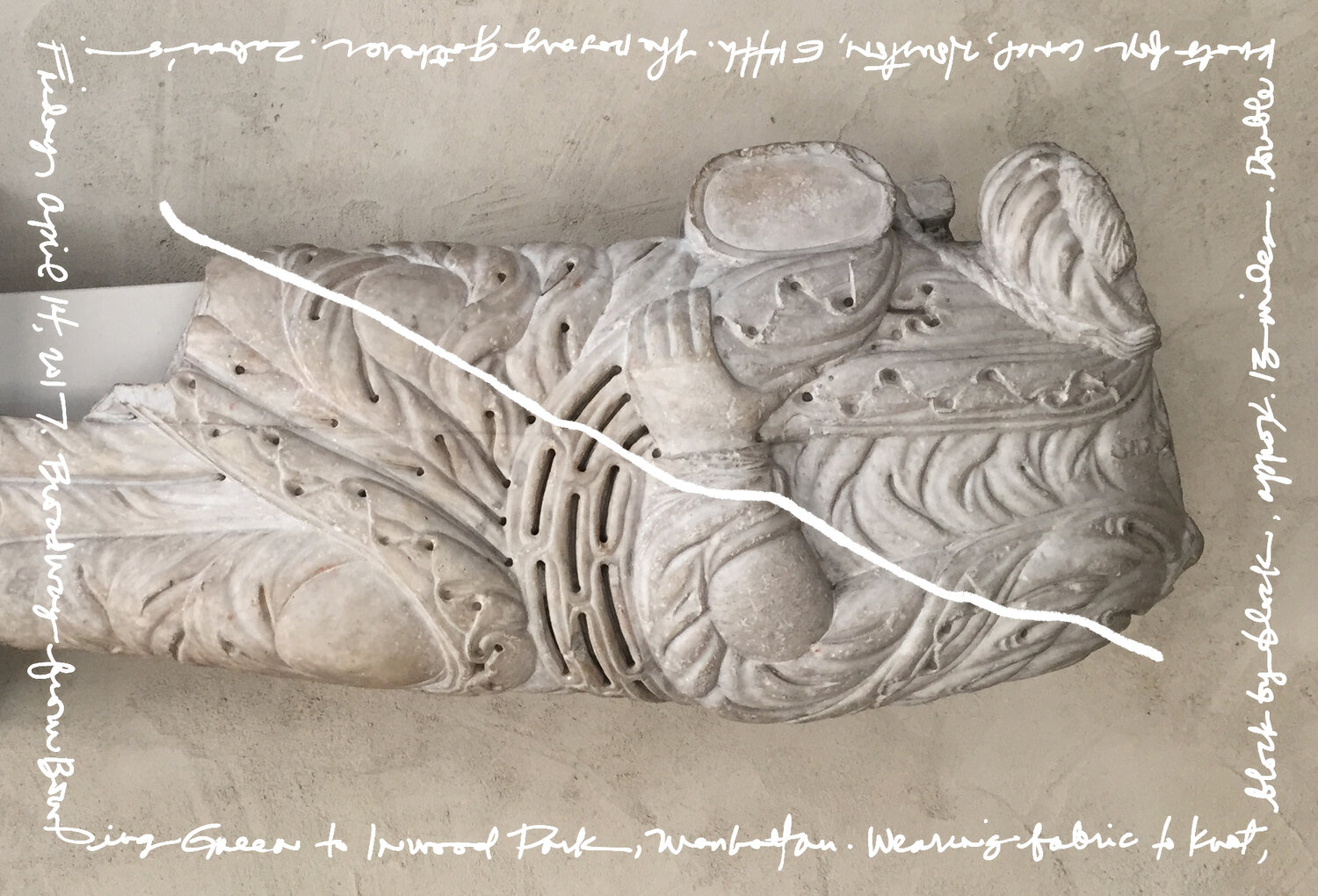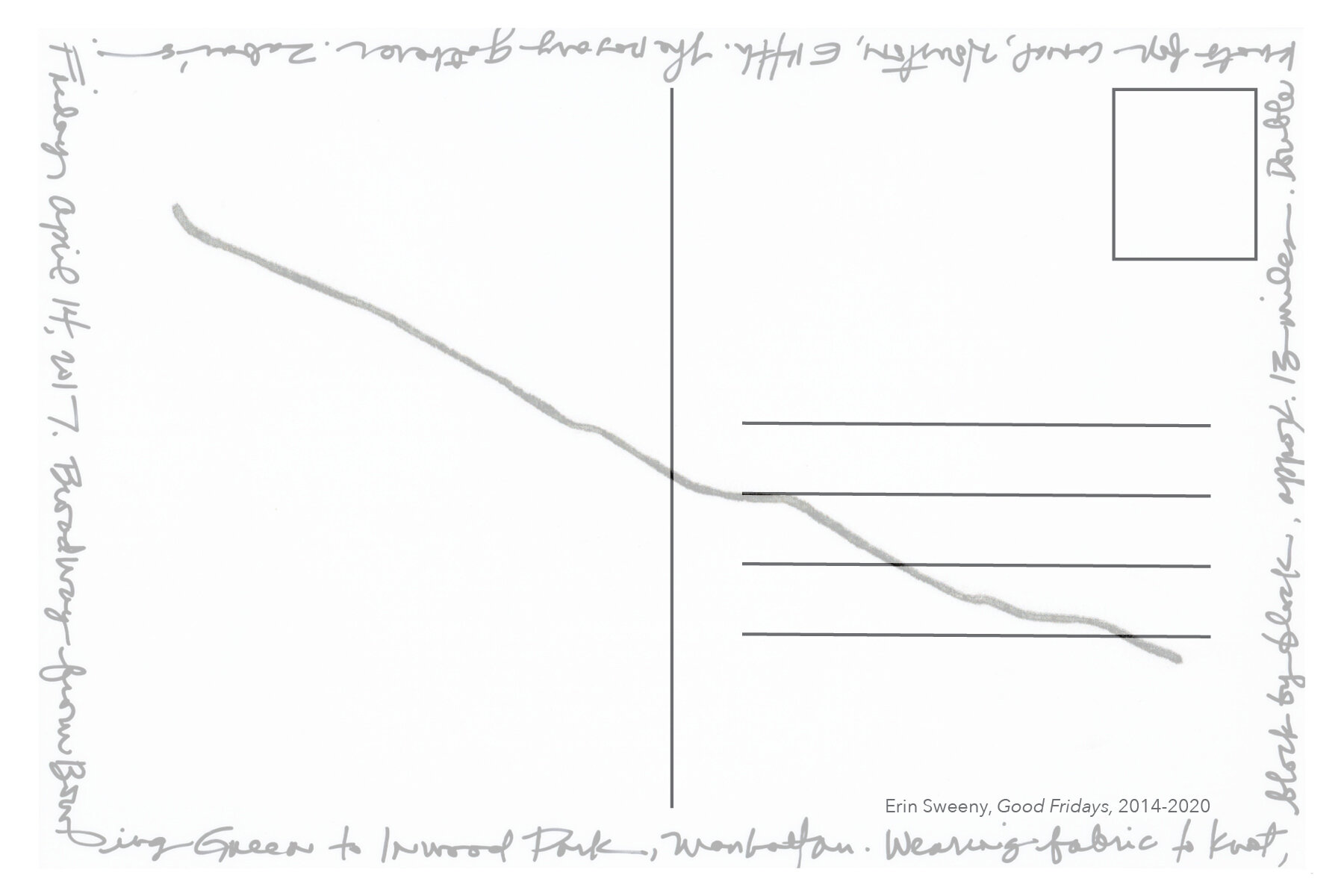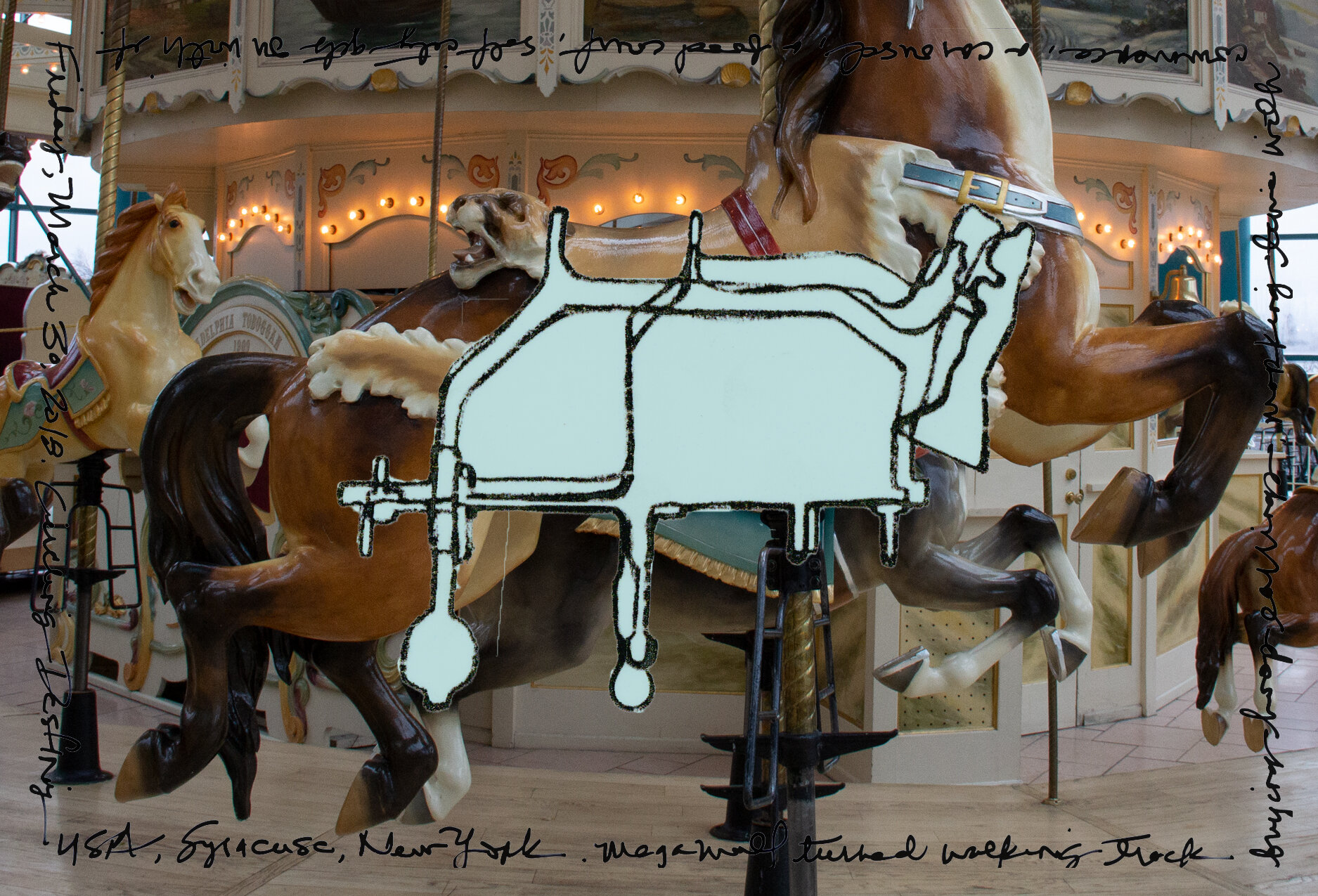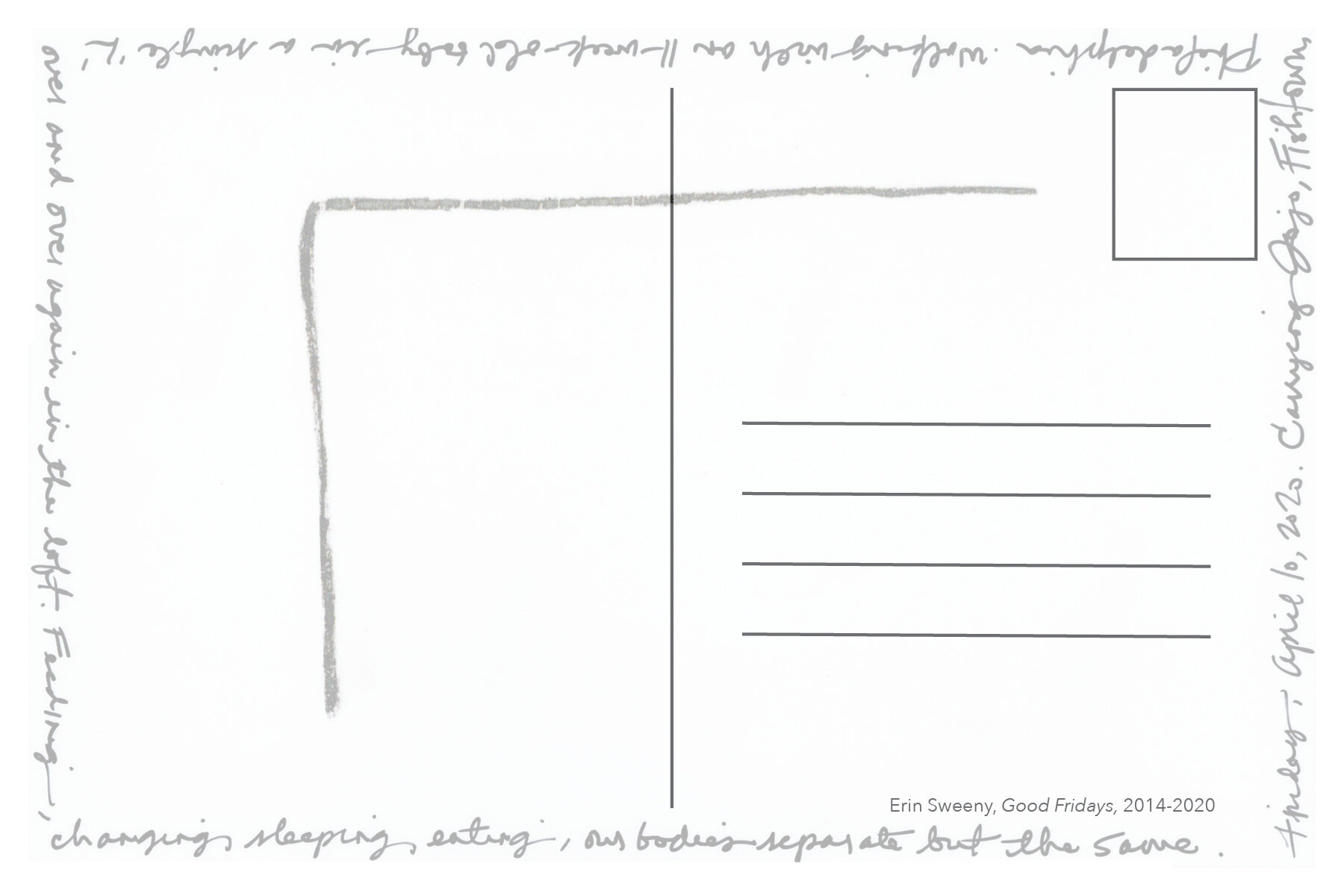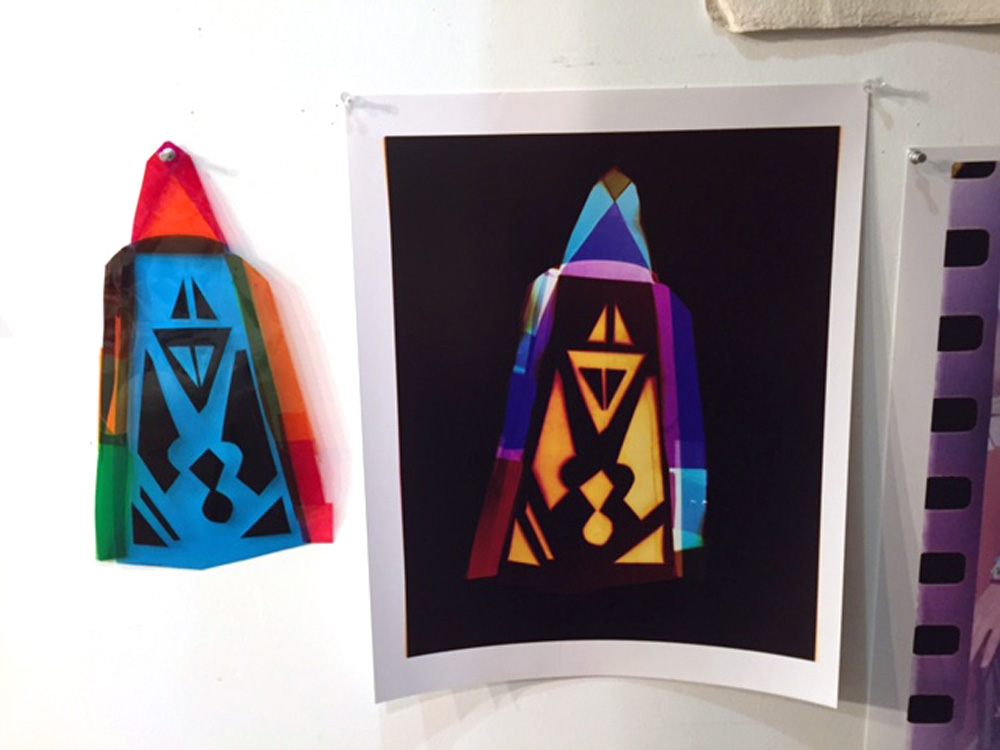Substack post, April 11, 2025
Joji on the lookout in the backyard, Philadelphia, 2025.
A younger sister’s misguided support.
I have a vaguely timed but persistent recollection of one afternoon in my childhood—let’s say I was nine years old—when I decided it would be helpful to clean my older brother’s room. Over the years and decades since, the memory will resurface from time to time and I will still wonder, What in the hell would possess me to do such a thing? Let’s also guesstimate that my brother, nine years older than me, was 18 at the time. The part that really sticks with me is picking up loose change, which I remember as a windfall of coins scattered across the floor and in small piles around the room, and placing all of it in a large glass jar for him to discover when he returned home.
Maybe it was just the cumulative effect of a curious (nosy) younger sibling’s repeated glimpses of a messy teenage boy’s room. I really thought I was doing him a solid. I think it’s safe to say he didn’t appreciate the breach of privacy - though honestly, I can’t remember. That memory is tucked within a traumatic chapter, one that would break my family to pieces in the only home we would all share before our respective escapes or in my father’s case, arrest. Maybe it was an attempt to exercise control in a dysfunctional home, doing something constructive or finding some kind of comfort in those little cairns of coins.
My older brother, the eldest sibling among the four of us, would be the first to leave Portland. He enlisted in the Marines and left little more than a trail of letters for us to track him for a good number of years. He would send me birthday cards with one-liner jokes. He loved heavy metal and sent me mixed tapes that I didn’t understand then but wish I could listen to again now. I loved anything he sent, though he was still largely a mystery to me. I tried to save all of it. A few years later, my father would lose his life to the effects of alcoholism. None of us were there when he died.
I’ll come back to all of this.
Fast forward to the present. I’m writing this from the other side of the country in the Philly rowhome where I currently live. To be more precise, I’m writing this from the floor next to my daughter’s bed while she’s sleeping. It’s late on a Friday night, and tomorrow I am flying back to Portland with my daughter and the rest of my family. It’s the first move to set things in motion as we’re preparing to relocate to the Northwest this summer. For me, it will also be a return after many years.
My own path has been a restless and circuitous one, built around movement, art, and writing. More recently, marriage and motherhood. I’ve framed my art practice—admittedly dormant in recent years with two small children—around chance, repetition, and the grid as players in a process I’ve claimed as both scrappy and reverent. Though our communication has continued to be intermittent over the years, my brother has significantly impacted my artistic practice. There was a period when he literally went underground and we did not know if he was still alive. He is back on the map now.
I’ve spent an unreasonable amount of time thinking about how I might try to reconstruct some of the pieces and stories from my past—and my brother’s—to understand more of my family’s history and open up spaces for more general dialogue about memory and trauma, resilience and creativity, and how places might heal.
This is a start.
